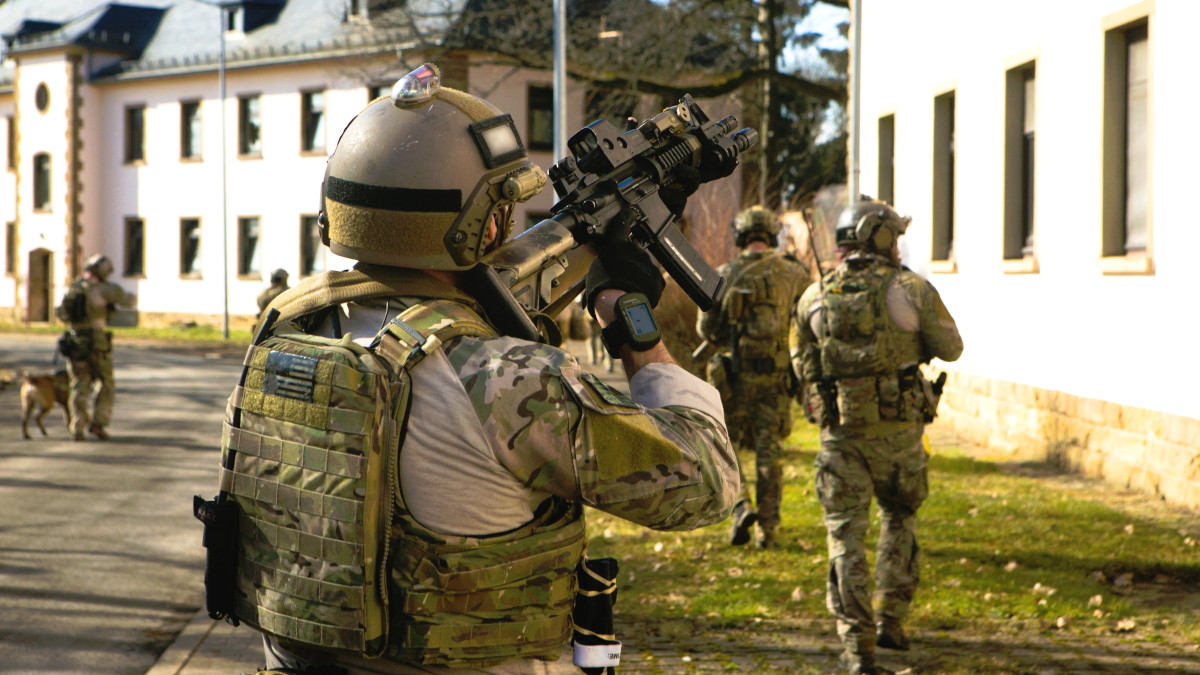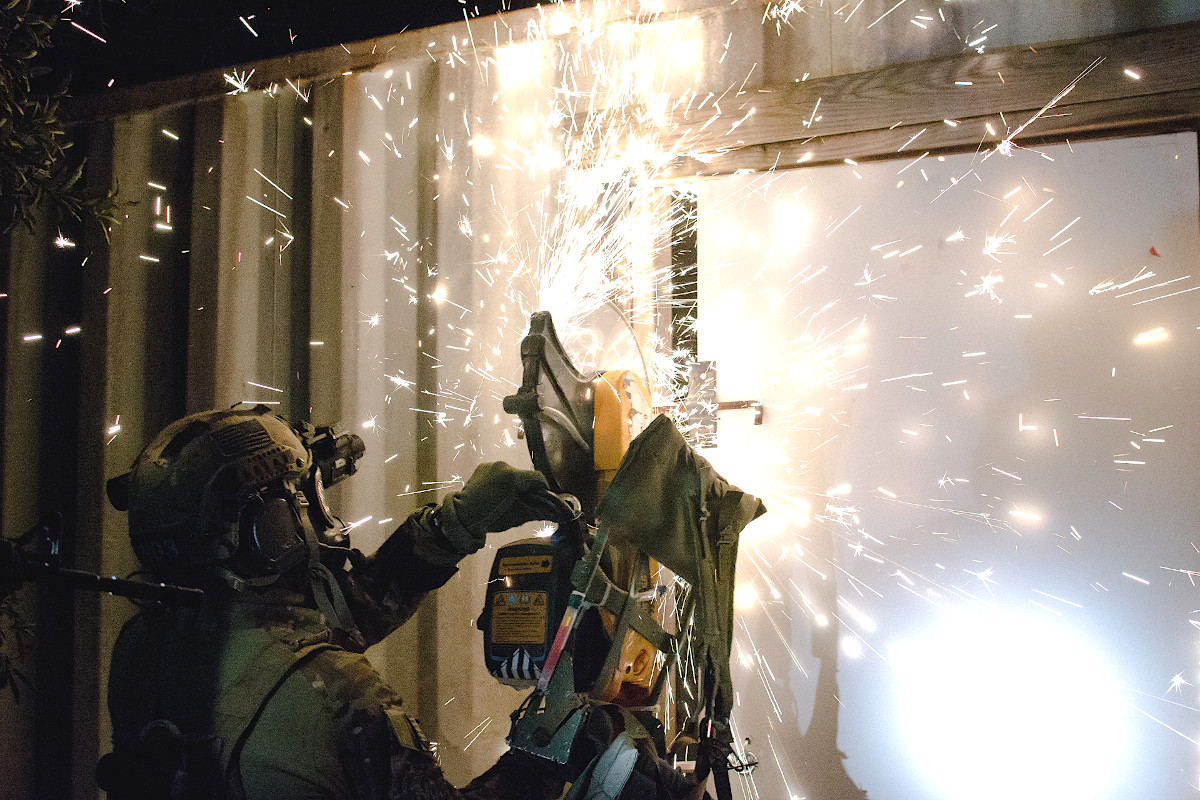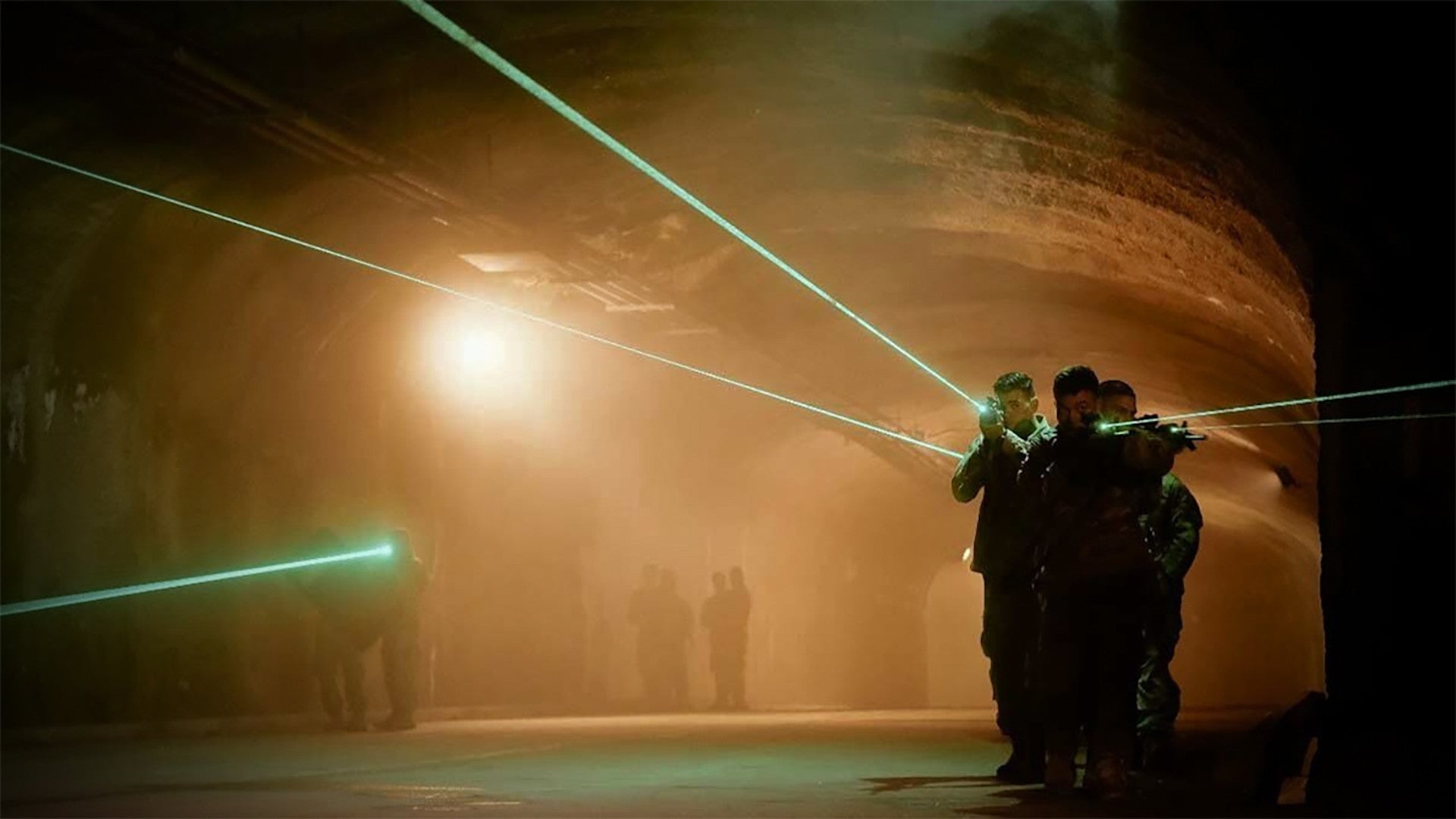As the U.S. special operations community, as a whole, works to better prepare itself for higher-end conflicts against potential near-peer adversaries, the Army says it will train and equip company-sized units of Special Forces personnel, better known as Green Berets, focused on taking down “hard targets.” This plan notably comes months after the Pentagon included a request for funds in its most recent budget request to build the secretive Joint Special Operations Command a specialized training facility where its operators could practice attacking “complex, hardened facility targets.”
The Army’s 1st Special Forces Command (Airborne), or 1st SFC (A), which is part of Army Special Operations Command, announced its intention to create these “Hard Target Defeat Companies,” using existing Special Forces companies, in an unclassified white paper titled “A Vision For 2021 and Beyond,” which it released earlier this year. 1st SFC (A) was established in 2014 to oversee all of the Army’s Special Forces Groups, as well as various psychological operations and other supporting units.
“1st SFC (A) develops and provides Hard Target Defeat Companies that are … uniquely organized to counter near-peer adversary campaigns,” the white paper explains. “They operate with regional partners to defeat hard targets in sensitive and constricted environments.”
These Hard Target Defeat (HTD) Companies are set to supplant existing Army Special Forces units organized as standing Crisis Response Forces (CRF), according to journalist and author Wesley Morgan. Also known as a Commander’s In-extremis Force (CIF), these Green Beret elements were designed to “provide options to rescue people under threat, to recover sensitive materials such as weapons of mass destruction components, to provide humanitarian relief, or to address other short notice requirements,” according to an Army Special Operations Command white paper from 2017.

In February, then-Secretary of Defense Mark Esper had raised the possibility of disestablishing various crisis response units, which he said were underutilized and a drain on important resources, in a hearing before the House Armed Services Committee. SOFREP then reported in March that there was a plan in the works to shut down the CRFs, but that the Army Special Forces community would still retain some type of similar capability. This now appears to be the planned HTD Companies.
The exact expected mission set of these refocused Special Forces units is not entirely clear. The 1st SFC (A) white paper does not provide a basic definition of what “hard target” means in the context of these companies or a list of basic examples of what might be included in this target set. “I’m told it’s still being decided what these will look like & may vary based on what a ‘hard target’ is in EUCOM [U.S. European Command] vs PACOM [U.S. Indo-Pacific Command] etc—but will still be direct-action companies,” Morgan wrote on Twitter on Dec. 1.
1st SFC (A)’s white paper does include a fictional vignette that offers one example of how an HTD company might contribute to future higher-end operations. Set in the fictional West African country of Naruvu, the scenario begins with civil affairs soldiers noticing a Chinese infrastructure project while on their way to meet with a local official.
This, in turn, triggers further efforts to ascertain the true nature of Chinese interests in a deep-water port in the country. Army special operations forces are then tapped to support an inter-agency effort to convince the Naruvian government to block the Chinese plans. Though this story is entire made up, it does reflect very real concerns that the U.S. government, as well as others, have about the potential dual-purpose nature of Chinese government and commercial investment, especially when it comes to infrastructure development, in countries around the world.
An HTD company makes an appearance in the conclusion of the vignette, which is as follows:
One week later, Naruvian security forces discovered an illegal weapons cache which it traced back to a subsidiary of the [Chinese] construction company. To further investigate the matter, they partnered with 3rd SFG (A)’s [3rd Special Forces Group (Airborne)] Hard Target Defeat Company (HTD) to surveil the construction company’s headquarters. Enabled by the HTD, Naruvian security forces accessed the building and, while searching it, recovered blueprints for the proposed port facility.
Naruvu sent the recovered blueprints to DIA analysts who identified plans for concrete footings specifically designed for CSA-9 [HQ-9] surface-to-air and DF-25 shore-to-ship missiles. These missiles, if emplaced in Naruvu, would challenge America’s air and sea lanes across the Atlantic. Armed with this information, the US Ambassador explained if China emplaced those weapons at the port, Naruvu would become a strategic target and potential war zone between great powers. China’s true intent illuminated, the Naruvian government seized the Chinese-purchased land.
The HTD’s activities in this fictional scenario fall under the general definition of “special reconnaissance,” a special operations forces mission set generally defined as operations to covertly gather intelligence in denied or otherwise sensitive areas. In this case, the target can be considered “hard” given its sensitive nature as an ostensibly civilian facility operated by one country in a third country, neither of which the United States is at war with.
“Hard targets” could also certainly include hardened targets, such as critical command and control nodes, facilities housing weapons of mass destruction (WMD), and other high-value sites that may well be housed inside well-protected bunker complexes, primarily below ground. A number of major potential U.S. adversaries, including North Korea and Iran, as well as near-peer competitors, such as Russia and China, are increasingly turning to deeply-buried infrastructure to help protect critical assets from stand-off attacks, something is of particular interest here at The War Zone.
This reality, as well as the potential use of special operations forces on the ground to infiltrate these kinds of sites during a future conflict, was underscored in U.S. Special Operations Command’s (SOCOM) portion of the Pentagon’s 2021 Fiscal Year budget request covering military construction. SOCOM is seeking around $14.4 million to build a dedicated hardened “training target structure” for use by the secretive Joint Special Operations Command (JSOC). You can read more about this proposed project and its implications in this past War Zone story.

It’s also worth remembering that, in 2016, U.S. Special Operations Command (SOCOM) notably became the primary entity within the U.S. military for counter-WMD activities, subsequently establishing the Counter-Weapons of Mass Destruction-Fusion Center (CWMD-FC), which The War Zone
was first to report on. Prior to this, U.S. Strategic Command (STRATCOM) had been responsible for the CWMD mission.
With all this in mind, in an actual higher-end conflict, Green Beret HTD companies could definitely be tasked to infiltrate “hard” sites of various kinds to gather important information, as in the Naruvian vignette. They could also conduct direct-action raids to disrupt or destroy key capabilities in support of broader operations. In today’s age of increasingly computerized and networked warfare, direct-action could involve kinetic actions, such as physically blowing up a target, or non-kinetic activities, such as inserting malicious code into an enemy’s computer network. It’s also important to note that hard targets may also be mobile, such as vehicle convoys, or even trains, carrying key individuals, or high-value weapons, such as road-mobile ballistic missile transporter-erector-launchers.
Green Berets tasked with these kinds of missions would definitely benefit from more regular training in the tactics, techniques, and procedures necessary to carry them out. In addition, given the expanding anti-access and area-denial capabilities that more capable potential adversaries, such as Russia or China, have at their disposal, it would be important for the Army Special Forces elements to coordinate with units, including special operations units from other branches, to be best postured to actually make it to the target area successfully in the first place.
These kinds of missions would fit well with more general distributed warfare concepts the U.S. military, as a whole, is exploring now that are geared toward keeping an opponent unbalanced and unable to effectively respond to a diverse array of threats across a large area. As the Naruvian scenario outlines, these kinds of special operations missions could also be employed, especially together with Allies and partners, outside of traditional conflicts to support specific geopolitical objectives.
It will be interesting to see how the Army implements the HTD company concept, but from how it has already been described, it appears to be a very realistic plan to help tailor Special Forces units to be able to best apply their special skill sets to current and future higher-end fights.
Contact the author: joe@thedrive.com
